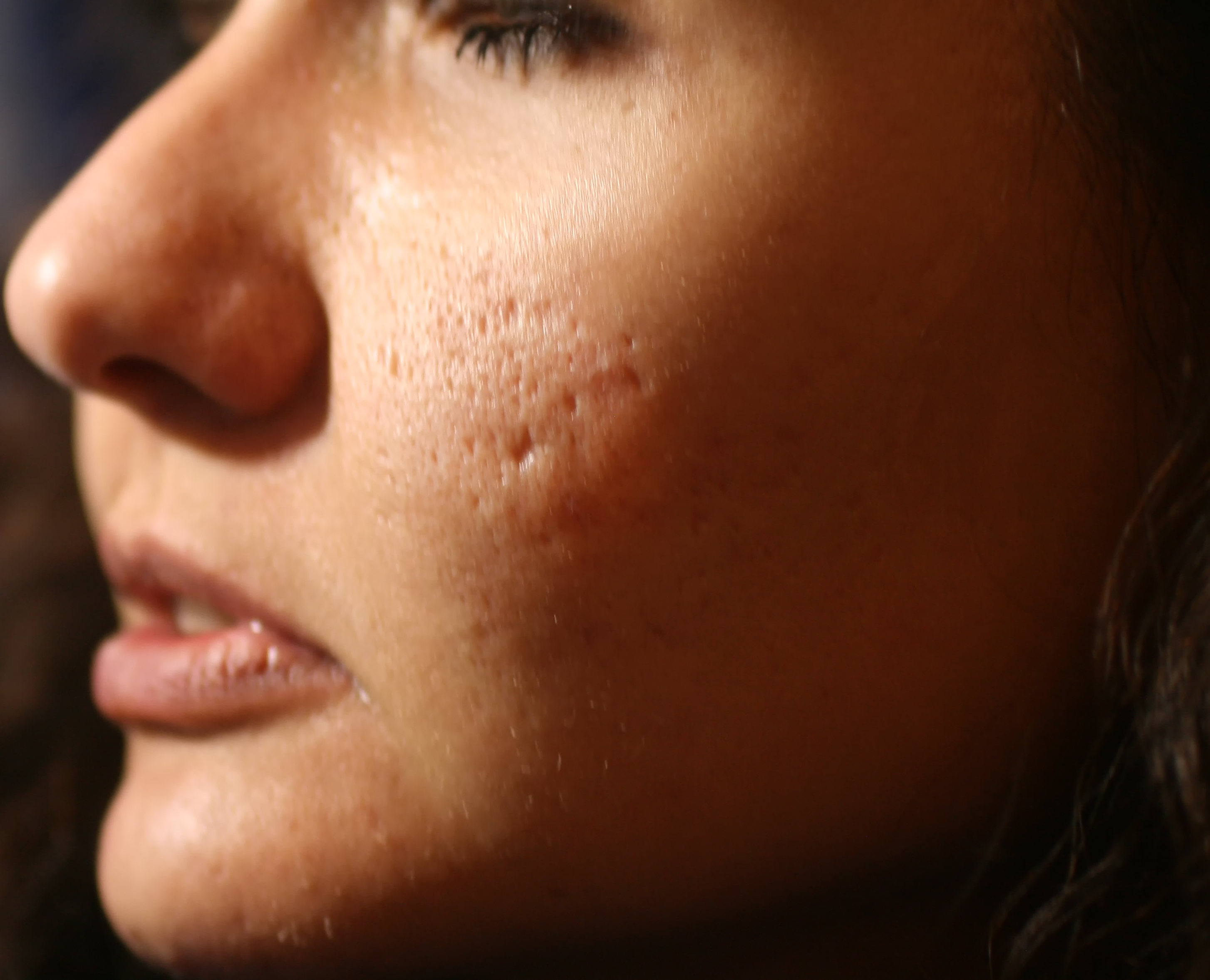How Food Sensitivities Impact Skin Health

How Food Sensitivities Impact Skin Health
How Food Sensitivities Impact Skin Health
Most of us have had the experience of cleaning up our diet, maybe as part of a cleanse or a New Year’s resolution, and seeing our skin clear up as a result. That’s because the quality of our diet has a big impact on the health and appearance of our skin.
There are three main ways in which foods affect our skin health. The first is the nutrient content of our foods – a deficiency or surplus of essential nutrients can manifest as a range of skin issues from dry skin to acne breakouts and everything in-between. Our diet also impacts hormonal balance, a huge contributor to skin health, which can be seen in the breakouts that often follow alcohol consumption. Alcohol raises the stress hormone cortisol and higher levels of circulatory cortisol have been linked to increased episodes of psoriasis, acne, dermatitis, and erythema (facial flushing).
The third mechanism in which diet impacts skin health is food sensitivities. Consuming foods that your body is sensitive to causes an inflammatory response in the skin, surfacing as chronic skin issues such as acne, eczema, and psoriasis. Of all the ways in which our diet can wreak havoc on our skin, food sensitivities are possibly the most straight-forward fix. However, most people go their whole lives in the dark about their food sensitivities.
Sensitivities – Not to Be Confused with Allergies & Intolerance
What do we mean by ‘food sensitivity?’ This term is often used interchangeably with ‘food allergy’ or ‘food intolerance’ but they do refer to different types of reactions the body can have to a food. Food allergies are probably most familiar. These involve the IgE proteins of the immune system. Symptoms happen very shortly after eating the problem food and can include anything from allergic dermatitis to hives to severe anaphylactic shock that is life threatening. Peanuts and shellfish are common food allergies. The immediate and obvious nature of the symptoms after eating the problem food makes it easy to determine which food was the trigger. Most people with food allergies are diagnosed as children, though they may grow out of them over time.
Another category of food reaction is ‘food intolerance.’ This reaction does not come from the immune system (like IgE food allergies do). Instead, it is a digestion problem. Lactose intolerance is a common example of this. Adults often lose their ability to digest milk sugars (lactose) due to making less of the necessary enzyme in the gut (lactase). If you cannot digest milk very well then it becomes an irritant to the gut wall and causes loose stools. The immune system is not involved at all – though it is possible to have both a milk food allergy AND a milk (lactose) food intolerance.
‘Food sensitivity’ is the least appreciated cause of food reactions. These reactions are also caused by the immune system’s inappropriate reaction to a food, but instead of immediate and dramatic symptoms after eating a trigger food, the reactions can be more subtle and come about up to several days after the food was ingested. The part of the immune system in these food sensitivities is the IgG system (and perhaps the IgA system), which are delayed immune responses. After a trigger food is eaten, the immune system starts an inflammatory process in the wall of the digestive tract. These inflammatory chemicals do not just stay in the gut; they can also affect other parts of the body, resulting in various symptoms including digestive problems but also chronic fatigue, migraines, nasal and sinus congestion, asthma, joint pain, and skin problems.
Skin problems that are particularly affected by food sensitivities include acne, eczema, psoriasis, and perioral dermatitis. The exact mechanisms by which the immune reaction and subsequent inflammation can affect the skin in uncertain, but in clinical practice, food sensitivities have such a strong link to these conditions that testing for and eliminating these foods is a common part of naturopathic treatment. In fact, the testing and removing of food sensitivities is generally helpful for skin eruptions in general, even when the diagnosis is uncertain.
Diagnosis – The Process of Elimination Only Goes So Far
Testing is very helpful in determining food sensitivities. Sometimes patient will try an “Elimination Diet”, a healthy diet that removes some of the most common food sensitivities such as gluten, dairy, and eggs. Skin health will often improve as a result. But it is near impossible to discover all your food sensitivities without testing because there are many healthy foods that you could be reacting to but would never think to eliminate.
For example, I have seen coconut, soy, hemp seeds, almonds, and safflower oil all significantly contribute to skin health. While these foods can be highly nutritious, they are not worth the systemic repercussions for the person with a sensitivity. If you were to eliminate just the most common problem foods but still eat these other foods in your diet, you may not see a full improvement in your skin condition. Not all foods that come up positive on sensitivity testing will directly cause skin symptoms, but the inflammation from each of these foods is additive so removing as many as possible together is what is needed to see the full impact on your skin health.
Testing for food sensitivities involves a blood test, either by regular blood draw or fingerstick. It is helpful to have the results interpreted by your naturopathic doctor as there are sometimes patterns observed that can indicate the likelihood of other digestive issues (especially intestinal permeability problems, or ‘leaky gut’).
Treatment – A Wholistic Approach
Eliminating all the positive foods from your diet is recommended for an initial period of at least three weeks. This is the length of time it takes for any inflammation caused by those foods to fully settle down and any positive impacts on the skin to be seen.
In cases where the skin only clears part of the way, a deeper look in to gut and digestive health is warranted, as there are other things besides food sensitivities that can cause inflammation such as increased intestinal permeability and bacterial or fungal overgrowth. For those suffering with skin issues, this gut-focused approach can be the key to beauty from the inside out.
The best place to get tested and treated for food sensitivities is at a medical clinic that specializes in natural medicine like Spark Health. Our team of naturopathic doctors take a collaborative approach to natural medicine, partnering with patients to help them achieve their unique health and wellness goals. If you are interested in learning more about treatment for food sensitivity, or would like to book a food sensitivity testing appointment, contact us.
Spark Health integrative health & wellness center is located in Solana Beach, San Diego County, CA, and was founded in 2013.
Written by Dr. Jennifer Zeglen, ND







